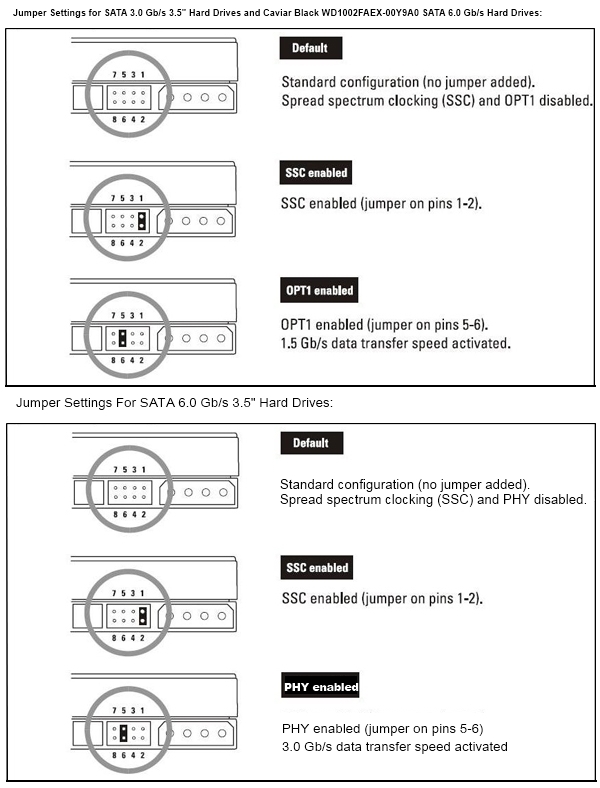I bought a new (asus) motherboard
added a 4850E CPU and 2GB 800mhz DD2
connected 5 sata drives
in the BIOS I noticed that enable-ing ACHI made booting from the desired disk was
impossible so set it to IDE
To laisy to openup case again re-arange the 5 sata cables
then installed 8.0-RC? freebsd DVD and installed custom on 1 disk
The 4 1TB WD disks I added to a GVinum raid5 setup with a stripe setting of 128K
installed ISTGT and configured the /dev/gvinum/raid5 to be used as the target
on a other machine I added the target and did a format
when I started copying data to it from a other temp NAS I borrowed from a friend using iscsi I made a shocking discovery it was SLOW
so I did a
and it showed that each disk only wrote at 6.xx mb/s
fiddiling with some sysctl's didn't matter at all no increase/decrease
I guess that recompiling the kernel won't increase my transfer rate much (maybe 5 or 10%)
although GENERIC should be sufficient enough to have some speed
What do I need to check/set configure to gain the biggest increase of transfer rate?
added a 4850E CPU and 2GB 800mhz DD2
connected 5 sata drives
in the BIOS I noticed that enable-ing ACHI made booting from the desired disk was
impossible so set it to IDE
To laisy to openup case again re-arange the 5 sata cables
then installed 8.0-RC? freebsd DVD and installed custom on 1 disk
The 4 1TB WD disks I added to a GVinum raid5 setup with a stripe setting of 128K
installed ISTGT and configured the /dev/gvinum/raid5 to be used as the target
on a other machine I added the target and did a format
when I started copying data to it from a other temp NAS I borrowed from a friend using iscsi I made a shocking discovery it was SLOW
so I did a
Code:
# iostat 5 disk1 disk2 disk3 disk4fiddiling with some sysctl's didn't matter at all no increase/decrease
I guess that recompiling the kernel won't increase my transfer rate much (maybe 5 or 10%)
although GENERIC should be sufficient enough to have some speed
What do I need to check/set configure to gain the biggest increase of transfer rate?


